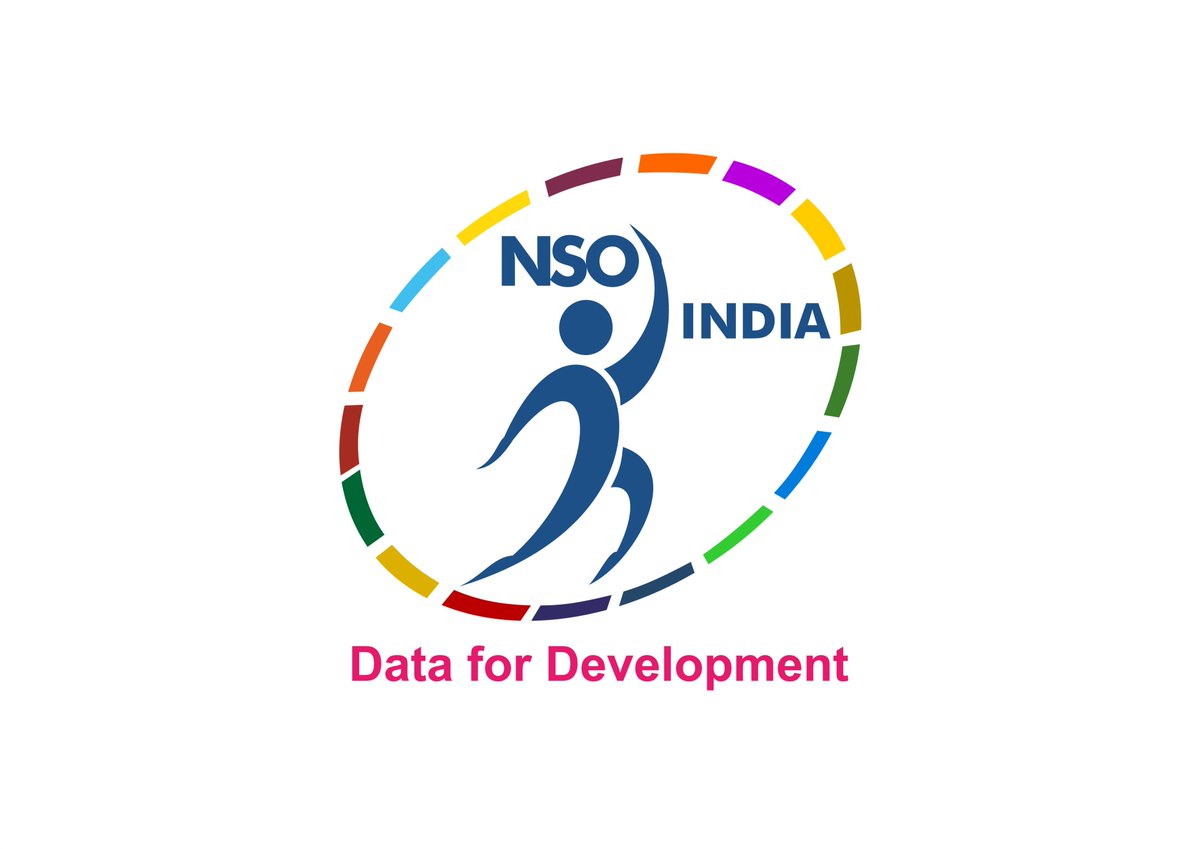India is gearing up for one of its most ambitious data collection exercises in decades — the 2026 Household Income Survey. This will be the country’s first nationwide income mapping initiative since the 1970s and aims to reveal how Indian households earn, spend, and benefit from government welfare programmes.

A Long-Awaited Income Snapshot
The National Statistical Office (NSO) will lead the survey, capturing details on income distribution, wages, and social welfare benefits across rural and urban India. For the first time, the government will gain insight into how much households actually earn — including income from jobs, businesses, pensions, remittances, and government transfers.
This comprehensive survey will also focus on how state and central welfare schemes such as PM Kisan Samman Nidhi, National Social Assistance Programme, Ladli Behna Yojana (Madhya Pradesh), Gruha Lakshmi (Karnataka), and Kalaignar Magalir Urimai Thittam (Tamil Nadu) are impacting household income levels.
Sensitive Data, Careful Design
During a pre-testing phase across 15 regional offices, the NSO found that nearly 95 percent of respondents considered questions about income, taxes, and savings to be sensitive. Many were reluctant to share full details about multiple income sources.
To overcome this, the expert panel led by economist Surjit S Bhalla has proposed an awareness campaign to build public trust, along with simplified regional-language questionnaires to make participation smoother and more transparent.

Beyond Earnings — Measuring Welfare Reach
Unlike earlier surveys that only measured expenditure or consumption, this one will go deeper into how social, educational, and occupational factors influence access to welfare programmes. It will classify households by literacy level, religion, caste, and employment type to show which sections of society are receiving the most support and which are being left behind.
The data will also track non-salary income sources such as interest from savings, dividends, rental earnings, and pensions. This makes the study vital for understanding how families sustain themselves in a rapidly changing economy.
A Policy Game Changer
The 2026 Household Income Survey is expected to reshape how the government designs and targets welfare policies. It will provide a clear view of income inequality, the effectiveness of cash transfer schemes, and how much welfare programmes contribute to household well-being.
For policymakers, economists, and investors, this data will serve as a roadmap to understanding India’s economic reality far beyond GDP numbers or corporate earnings.
Follow You Finance on Instagram and Facebook for more stories, insights, and updates from the world of business, finance, and the Indian economy.














